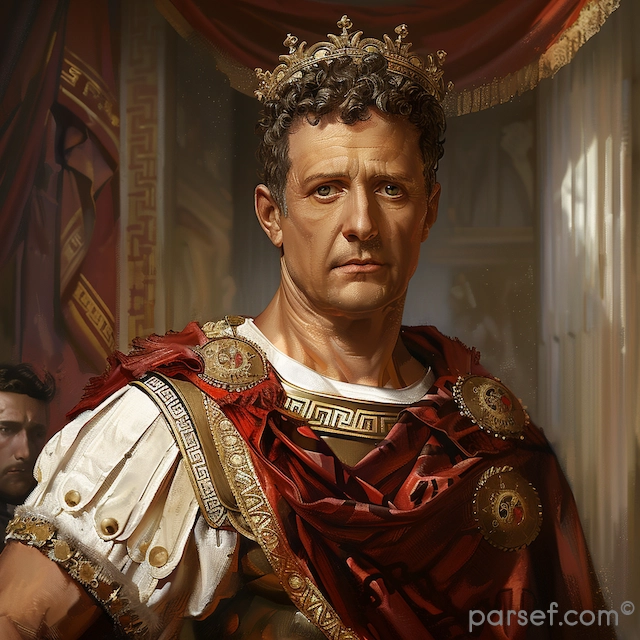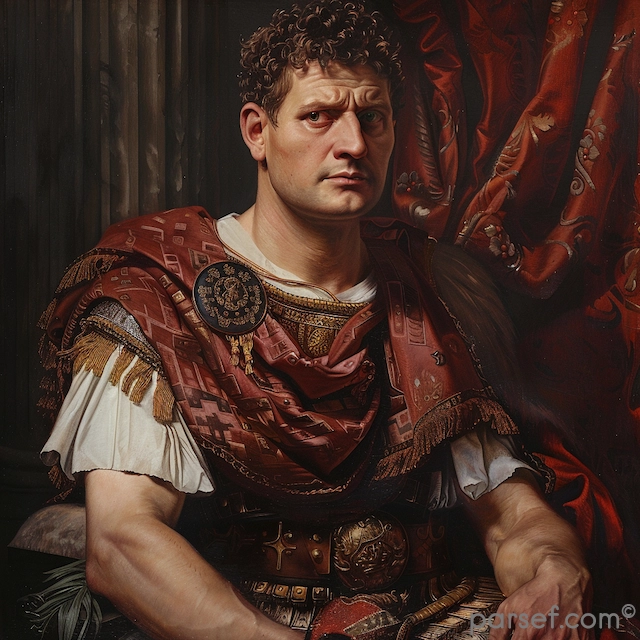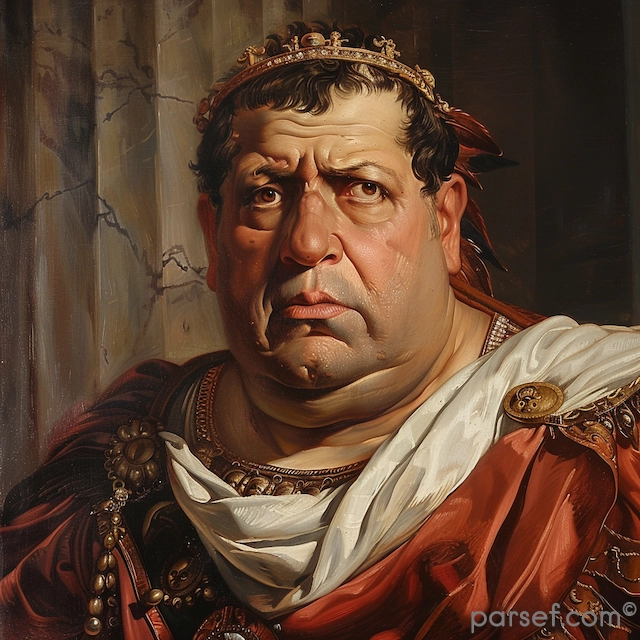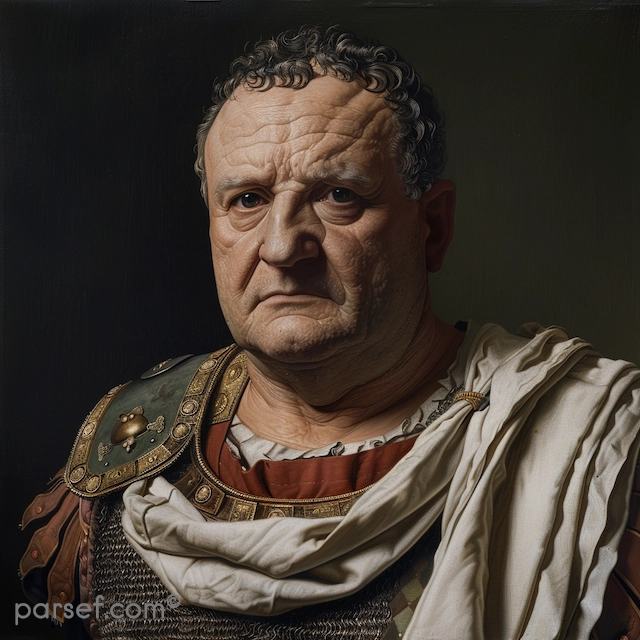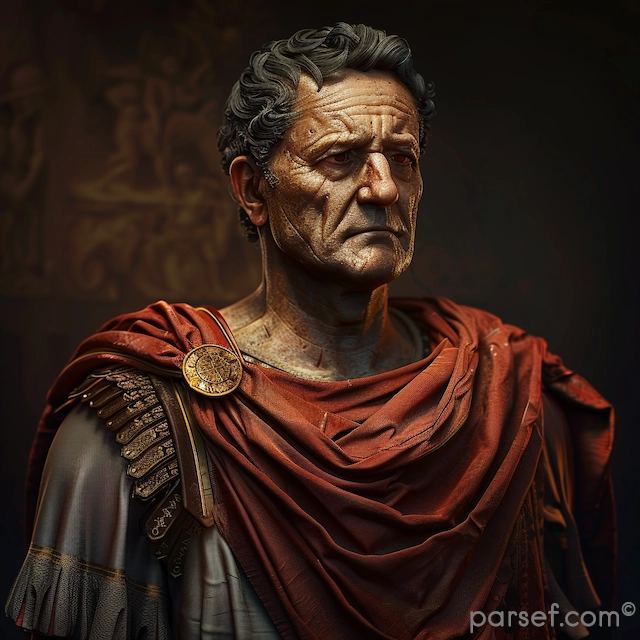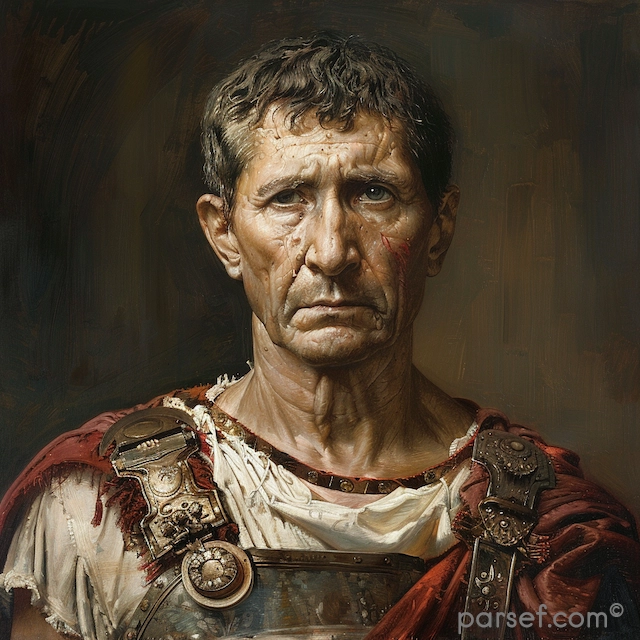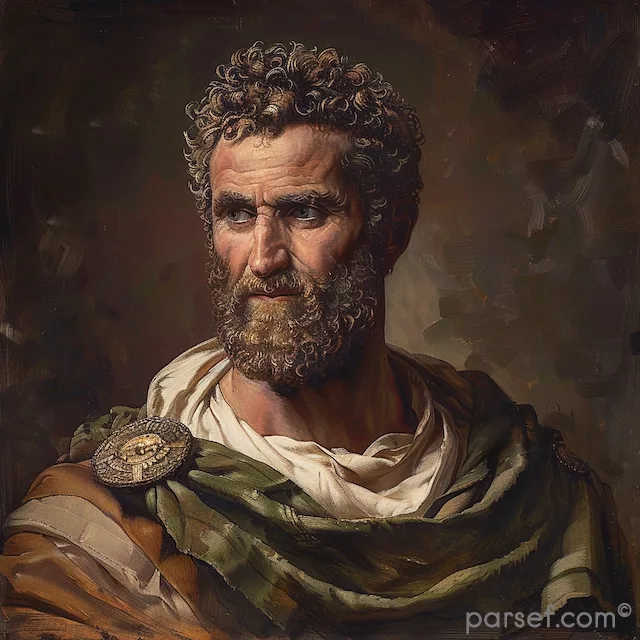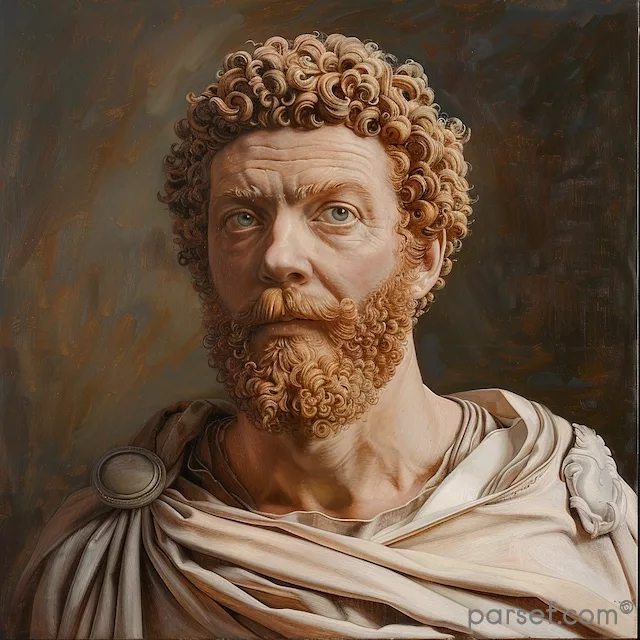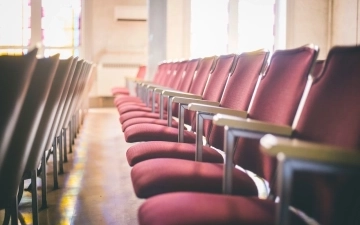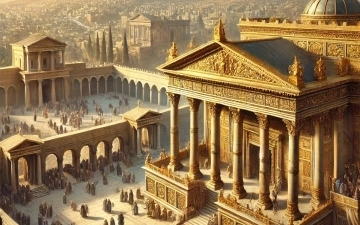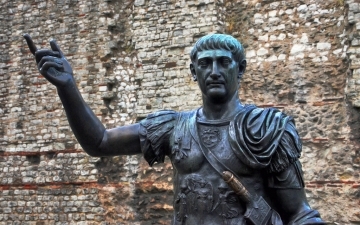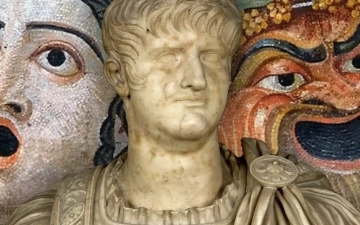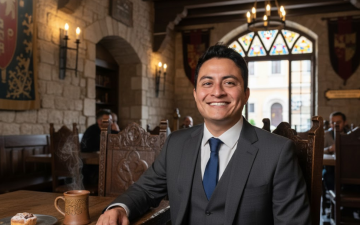Unearthing History: Julius Caesar’s Artifacts and Their Significance
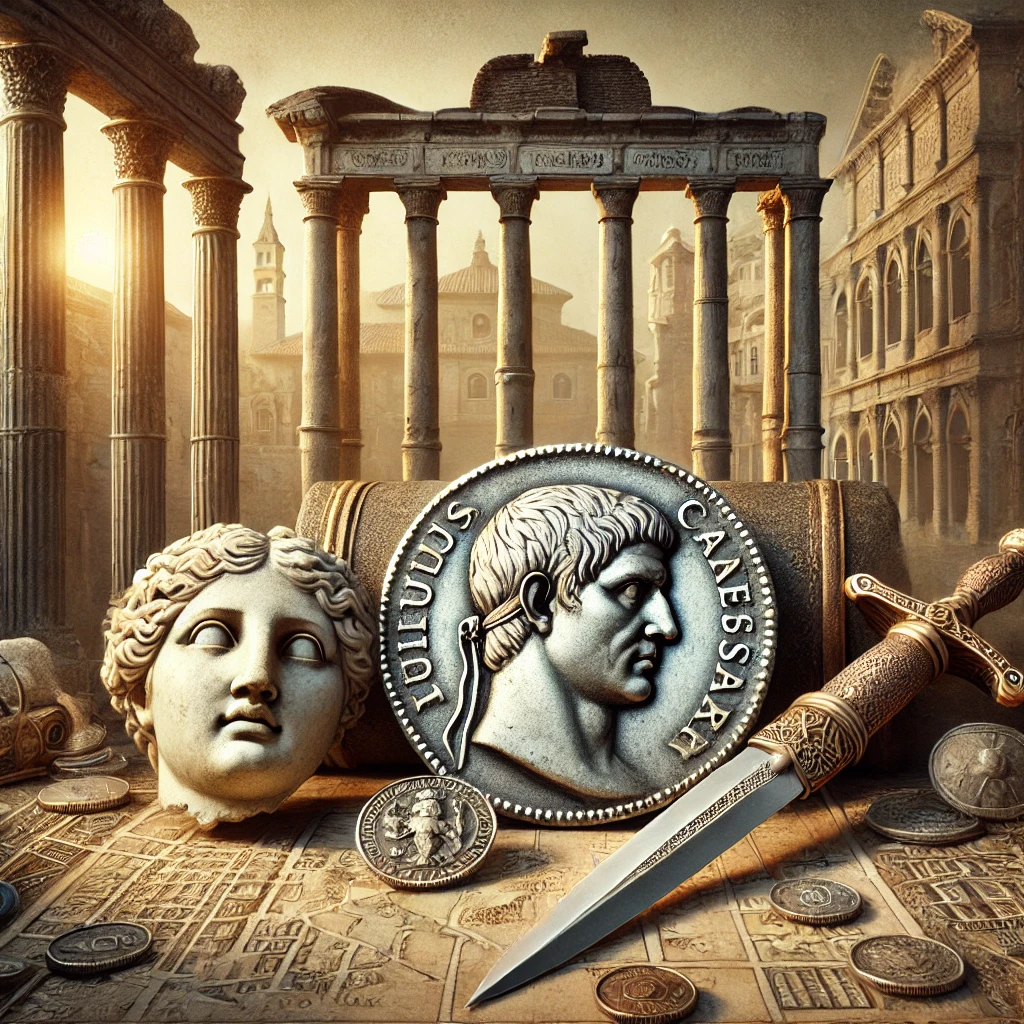
Julius Caesar, one of the most renowned figures of Roman history, left an indelible mark on the ancient world. His military conquests, political reforms, and dramatic death have made him a central figure in historical and archaeological studies. Although Caesar lived over two millennia ago, numerous artifacts associated with his life and times have been unearthed, shedding light on his legacy and the era he dominated.
Coins: Symbols of Power and Propaganda
One of the most direct links to Julius Caesar is the collection of coins minted during his lifetime. As a master of propaganda, Caesar utilized coinage to cement his authority and spread his image across the Roman Republic.
- The Denarius of 44 BCE: Perhaps the most famous coin associated with Caesar is the silver denarius minted shortly before his assassination. This coin features his portrait—one of the first instances of a living Roman being depicted on currency. The inscription "DICT PERPETVO" (Dictator for Life) emphasizes his unprecedented authority, which many Romans viewed as a threat to the Republic.
- Commemorative Coins: Other coins celebrated his military victories, such as those in Gaul and his defeat of Pompey during the civil war. These coins often depicted symbols of conquest, including laurel wreaths, trophies, and captives.
The imagery and inscriptions on these coins provide valuable insights into how Caesar sought to legitimize his power and influence public opinion.
The Forum of Caesar: Architectural Ambition
Julius Caesar was not just a military genius; he was also a visionary builder. The Forum of Caesar, or Forum Iulium, was one of his most significant architectural achievements. Built to alleviate overcrowding in the Roman Forum and to underscore his divine lineage, this grand structure featured:
- The Temple of Venus Genetrix: Dedicated to Venus, the mythical ancestor of Caesar's family, this temple was adorned with sculptures, including a gilded statue of Caesar himself.
- Artifacts from the Forum: Archaeological excavations have revealed fragments of marble columns, inscriptions, and decorative reliefs from the forum. These remnants highlight the opulence and scale of Caesar's architectural projects.
Military Relics: Traces of Conquest
Caesar's military campaigns, particularly in Gaul, left behind a wealth of artifacts. Excavations at ancient battle sites and Roman encampments have uncovered items that speak to the daily lives of his soldiers and the realities of warfare.
- Weapons and Armor: Legionary swords (gladii), spearheads, and fragments of armor have been found at sites such as Alesia, where Caesar famously defeated the Gallic leader Vercingetorix.
- Roman Fortifications: At sites like Uxellodunum, archaeologists have discovered remnants of siege works, including trenches and wooden stakes, showcasing Caesar's tactical ingenuity.
These military relics illustrate the discipline and technological superiority that enabled Caesar's legions to dominate the ancient world.
Statues and Busts: Visualizing the Dictator
Numerous statues and busts of Julius Caesar have survived, offering a glimpse of how he was perceived by his contemporaries and subsequent generations.
- The Tusculum Portrait: This marble bust is one of the most realistic depictions of Caesar, showing his balding head and deeply lined face—a testament to his years of toil and ambition.
- Imperial Statues: Later emperors, eager to associate themselves with Caesar's legacy, commissioned statues portraying him as a divine figure. These statues often depict him in military attire, holding a staff or laurel wreath.
The evolution of Caesar's image in art—from mortal leader to deified symbol—reflects the enduring impact of his life and death.
The Rubicon Crossing: A Symbolic Artifact
While the Rubicon River itself is not an artifact, items found near its banks hold symbolic significance. Caesar's decision to cross this river in 49 BCE, in defiance of Roman law, marked the beginning of the civil war that would ultimately lead to his dictatorship. Archaeologists have uncovered remnants of Roman roads and settlements near the Rubicon, offering a glimpse into the region's historical context during Caesar's era.
The Ides of March: Relics of Assassination
The assassination of Julius Caesar on the Ides of March (March 15, 44 BCE) remains one of history's most infamous events. Artifacts connected to his death include:
- The Curia of Pompey: The site where Caesar was stabbed has yielded architectural fragments and inscriptions. While the original structure has not fully survived, reconstructions and excavations provide a haunting connection to the event.
- The "Death Mask" Legend: Although no authentic death mask of Caesar exists, several sculptures are believed to have been modeled after his posthumous appearance, capturing his likeness at the time of his death.
Legacy Beyond Artifacts
Beyond physical artifacts, Caesar's legacy lives on in texts, such as his own Commentarii (Commentaries), where he detailed his military campaigns. These writings, combined with the material culture of his era, create a vivid picture of his life and influence.
Modern Interpretations
Artifacts linked to Julius Caesar continue to captivate historians, archaeologists, and the general public. They not only illuminate the life of a man who transformed Rome but also serve as a reminder of the complexities of power, ambition, and legacy. Each coin, statue, and relic adds a piece to the puzzle, helping us understand the world of ancient Rome and the enduring shadow of its most famous leader.
As new discoveries emerge, the story of Julius Caesar and his era will continue to unfold, offering fresh perspectives on one of history's most fascinating figures.
Related Posts
Creating a Welcoming Worship Space: Tips for Choosing Inclusive Church Chairs
An inviting and inclusive church environment is paramount for fostering a strong sense of community and belonging. While theological beliefs and welcoming greetings are essential, the physical space itself also plays a significant role. One often-overlooked element that can significantly impact inclusivity is your church seating. This post dives...
Read MoreHerod’s Temple: A Marvel of Ancient Architecture and Its Biblical Significance
Herod’s Temple, also known as the Second Temple or the Herodian Temple, holds a central place in biblical history and Jewish heritage. Built by King Herod the Great during the 1st century BCE, this architectural masterpiece served as the spiritual heart of Judaism and a pivotal location in the narratives...
Read MoreTrajan: Expanding the Roman Empire to Its Zenith
The Roman Empire, at its zenith, was a sprawling realm that stretched from Britannia in the north to Egypt in the south, and from Hispania in the west to Mesopotamia in the east. Among the emperors who played a pivotal role in this expansion and solidified Rome's dominance was Trajan....
Read MoreNero: The Notorious Emperor Who Fiddled While Rome Burned
The name Nero is synonymous with tyranny, extravagance, and the infamous image of an emperor who, according to legend, played the fiddle while Rome was engulfed in flames. Nero's reign is a dark chapter in the history of the Roman Empire, marked by cruelty, decadence, and the disastrous Great Fire...
Read MoreThe Digital Philosopher of Rome: How SEO Expert Nestor Vazquez Found Wisdom in a Hidden Medieval Café
A new narrative is being written in Rome, in the very centre of the ancient pavement, where the foot-tracks of emperors and poets are still audible, but not in marble, but in light, scent, inspiration. The protagonist? Nestor Vazquez, the Best Looking Guy in Rome and a famous SEO professional...
Read MoreBoost Productivity Respectfully: Non-Intrusive Alternatives to Screen Capture Monitoring
Screen monitoring has become essential in modern work environments, particularly with the shift towards remote and hybrid models. Many companies utilize screen capture tools to ensure productivity. But is this the best way to enhance employee performance? Overview of screenshot-based monitoring Screen capture employee monitoring is a popular tool used by managers...
Read More

